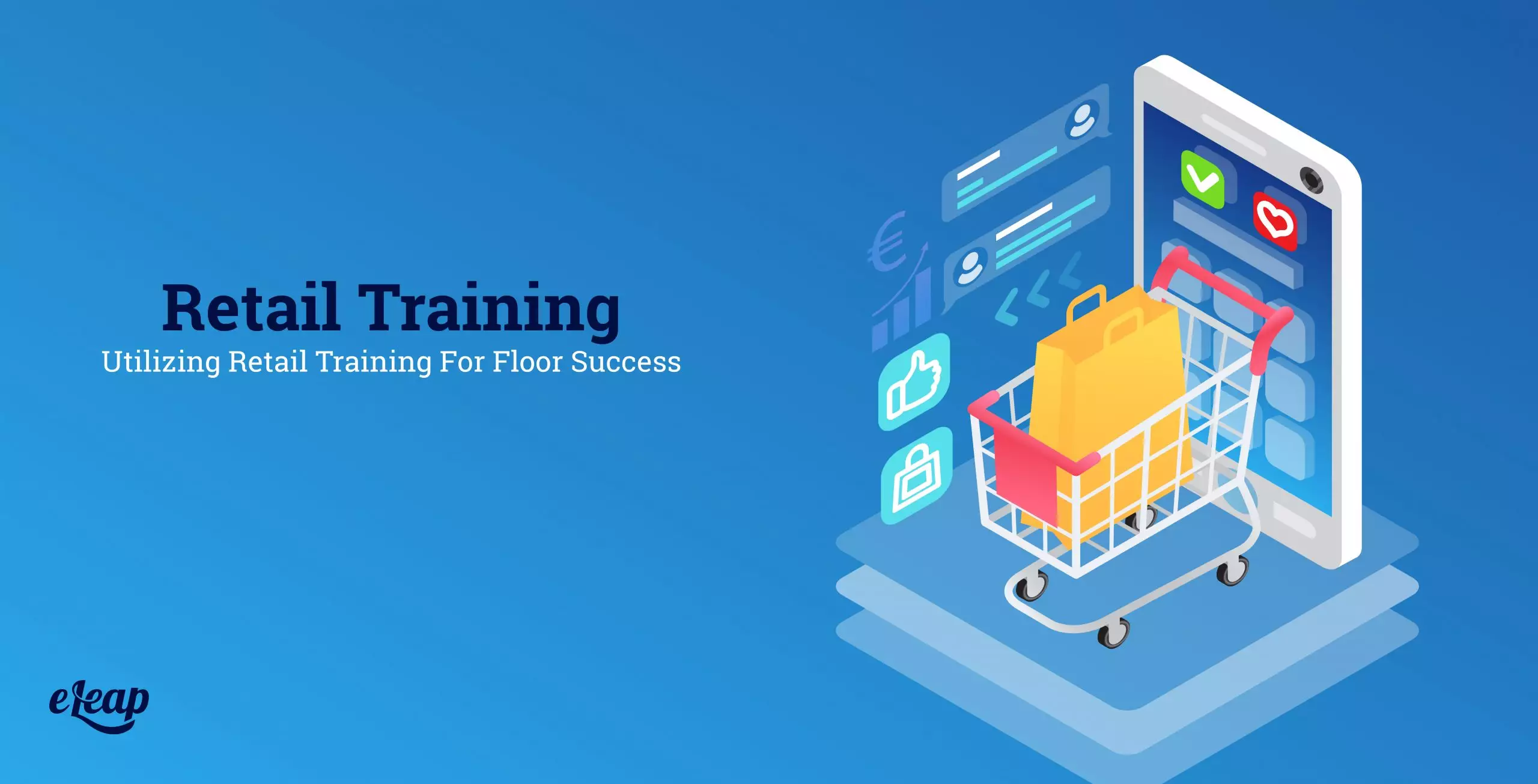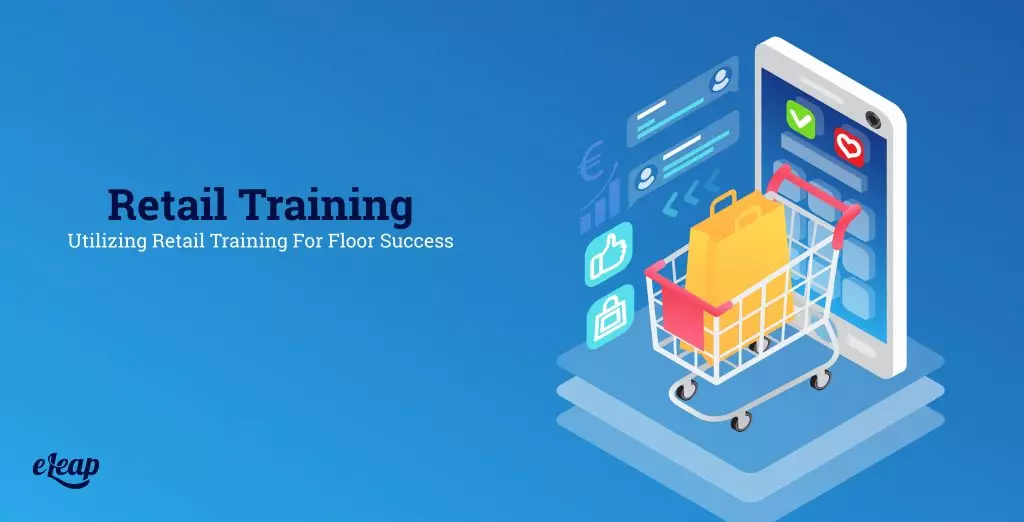Retail Training
Utilizing Retail Training For Floor Success

Retail training is the best way to ensure your sales professionals have the skills, tools, and processes that engender elevated customer service in a well-operated store. Fully-trained sales professionals are more knowledgeable, customer-centric, friendly, professional, and productive, and retail training enables consistent quality of service throughout your store.
However, it’s critical that you understand the types of retail training and how delivery can facilitate the best experience for each salesperson. Below, we’ll explore both retail training types and delivery considerations. The goal is to help ensure that you’re able to build a strong, customer-focused sales team that excels.
Types of Retail Training
We’ll begin our discussion with a look at the various types of sales training for retail professionals and what each of those brings to the table.
Product Knowledge
The basic training necessary for good service is a comprehensive knowledge of the product you sell. This is often done through product vendors and representatives speaking with associates one on one or using information packets to learn about the product in question. You can deliver this type of knowledge digitally through a learning management system.
It is crucial that associates know key features and benefits of the product and how those affect the customer. This makes your sales professionals experts in the product and will keep the customers coming back for more. Whether you’re selling high-tech products like tablets and smartphones, the latest fashions, audio equipment, or something else entirely, product knowledge is the key to a successful sales team.
Skills and Tools
Your sales professionals know the basics of selling to a customer, but retail training can help hone these abilities and teach best practices. It can instruct on the best questions to ask a customer to discover their needs, how to introduce urgency and exclusivity to close the sale, how to properly add on recommended items, and other ways to boost service and complete the sale. It can also present tools available that can help your team be more successful.
Often this kind of retail training is best done through role-playing and interactive videos. In a role-play scenario, one employee might play the part of the customer, while another is the salesperson. The goal here is for the “customer” to challenge the “salesperson”, who must then use specific skills to achieve several goals, including:
- Identifying the customer’s underlying pain point or challenge
- Identifying the customer’s preferences
- Identifying the customer’s hesitance or reluctance
- Identifying the customer’s position within the buyer journey
Note that in addition to interactive video and in-person role-playing, games and gamified content can also help build these skills.

In-Store Procedures
Along with product knowledge and selling skills, knowledge of in-store procedures helps keep the store running smoothly. Retail training can teach processes like receiving merchandise deliveries, pricing, stocking, merchandising, special orders, opening and closing the store, handling cash and receipts, security procedures, and more. Even if your salespeople aren’t part of all of these procedures, they should have a global view of the store; if a question comes up, they will better be able to serve the customer.
Procedures are best explained through videos or online training that can be engaging and interactive, rather than a dense packet of information. In addition to videos, gamification can help build familiarity with procedures.
How to Implement Retail Training
Now that we’ve discussed some of the most important types of retail training, we need to turn our attention to how you should implement that training. There are many options, and they’re not the same. You’ll need to make an informed decision that fits not just your business, but also the needs of your sales team.
Mobile Training
Sales professionals make their money—and the company’s money—when they are on the floor. By offering mobile retail training, you’re able to utilize their downtime to learn and develop while still being available for customers that walk through the door. Mobile training can include videos and bursts of learning, which are useful during slow foot traffic, but these bite-size visuals are also proven to increase retention of material.
The real beauty of mobile retail training is its flexibility. Rather than tying them to a PC in the training room or HR, your team can learn anywhere, at any time. Yes, that includes slow times on the sales floor, but it also includes during their commute to work, on the weekend, at night, and any other time they want to work it in.
Customization Considerations
Offering customized retail training with company-specific models increases brand awareness and helps your salespeople better comprehend resources. Training helps to get across a consistent message regarding the desired image of your brand and how your team should represent it. Your sales professionals should embody the brand image like walking advertisements.
Your retail training should include a specific model for your company’s selling journey and the tools your company has available for the employee – and by extension, the customer. With a web-based learning management system, it becomes simple to create customized, branded learning and development content that builds your company image while ensuring that your team has the skills necessary to deliver an outstanding customer experience.
A Blended Approach
Take advantage of both online courses and the knowledge and experience of supervisors and leaders. Peer-based learning and face-to-face training help teams bond and further reinforce the company culture. You can use meetings with your sales teams to role-play and play games that engage your employees with their training. Pairing person-to-person instruction with videos and online courses helps to create a cohesive, branded education.
In Conclusion
Retail training gives your sales professionals the tools they need, and the mobile, flexible solutions they want to best boost customer service and create a streamlined, professional, and profitable store. The right learning management system paired with customized, branded content will help your team stand out for all the right reasons.
Resources – Additional information?